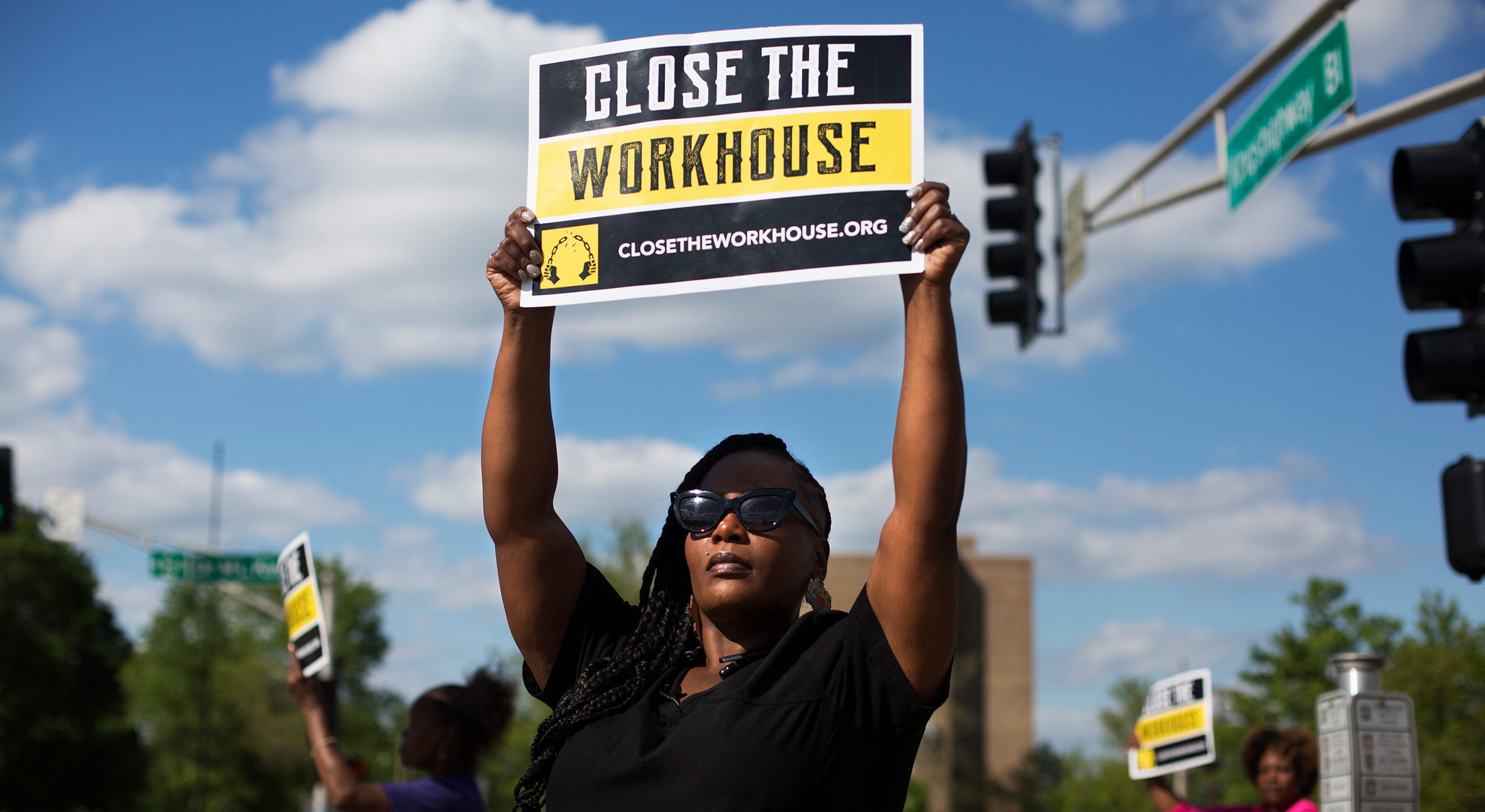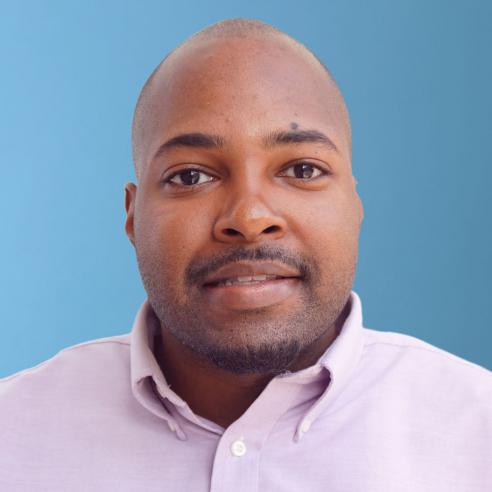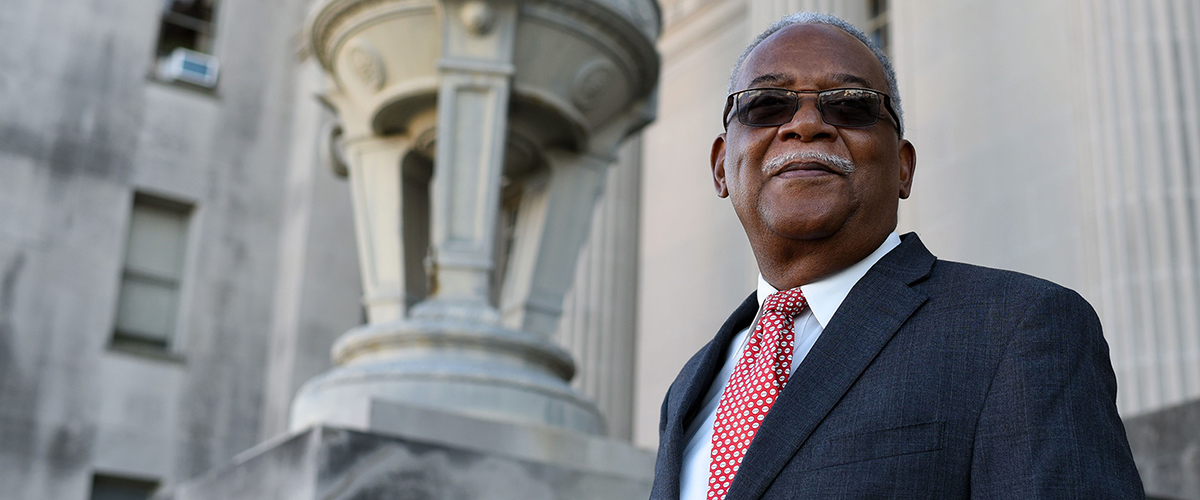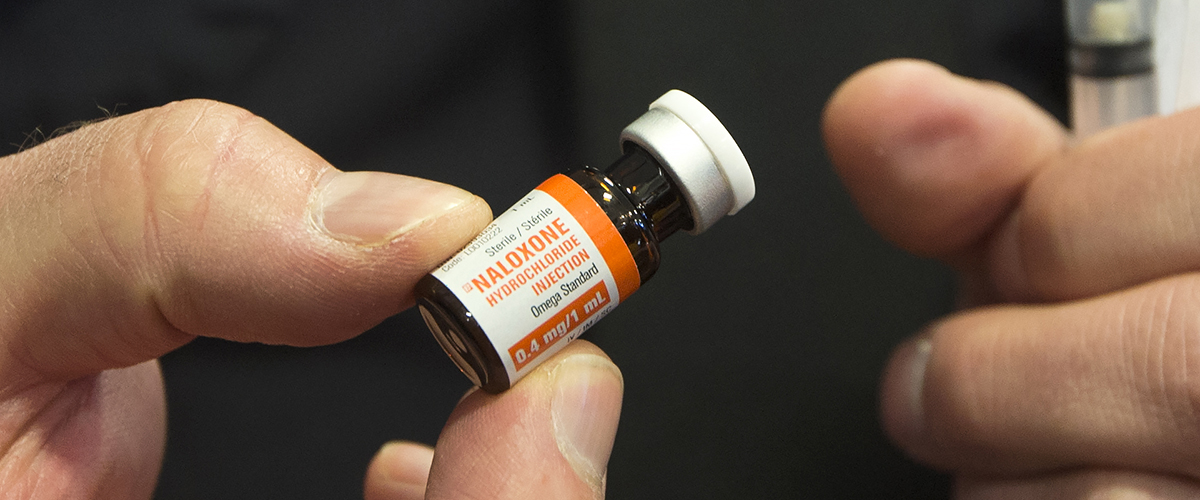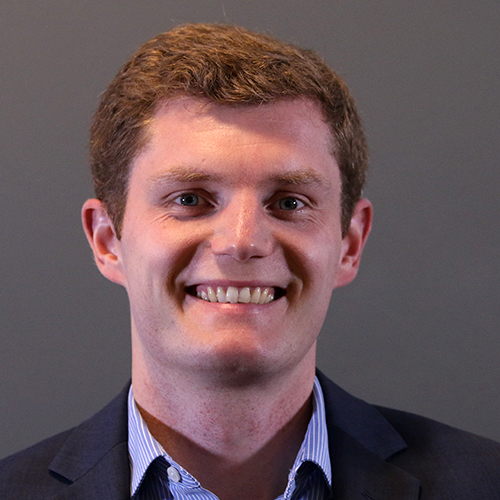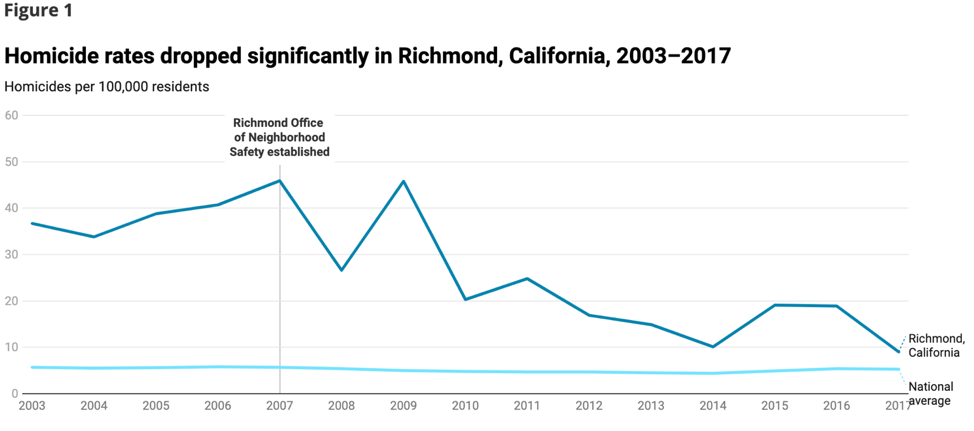Community Engagement Policing Prosecutors October 28, 2019
Police and prosecutors are leaders in public safety and the criminal justice system. The challenges they face are complicated, ranging from responding to violent crime to addressing the unmet need for treatment and services related to mental illness and/or substance use disorder in the communities they serve. This gap in community-based treatment and services, coupled with complex societal changes and challenges—including income inequality and the resulting wealth gap—contributes to the justice system being the de facto response. As such, the responsibilities of traditional public safety stakeholders have broadened to include innovative approaches, including working with community-based public health partners.
The key to navigating these evolving and innovative strategies is through partnerships. Collaboration among justice system stakeholders is a common theme woven into the recommendations of scores of reports, toolkits, and other resources. However, budget and resource limitations, varying community and stakeholder perspectives and priorities, and balancing short-term needs with planning for long-term sustainability can create strains on individual agencies that have committed to these partnerships. These factors, while challenging, are not insurmountable.
The International Association of Chiefs of Police and the Association of Prosecuting Attorneys recently published a report on recommendations made during a roundtable on police-prosecutor collaboration held in August 2018 in Pennington County, South Dakota, with law enforcement and prosecutorial leaders from Harris County, Texas; Pennington County, South Dakota; Orleans Parrish, Louisiana; and Milwaukee County, Wisconsin.
These leaders identified practices that enable their agencies to address violent crime, create diversion programs, and pilot emerging tools, such as risk assessments, with careful consideration. The practices include devoting attention to roles and responsibilities at each justice system decision point, reviewing logistical and administrative processes so they best facilitate information and data sharing, and creating opportunities for feedback between their agencies and the community, as well as between all levels of staff from leadership to front-line officers and deputies.
The details and processes of how jurisdictions implement their programs and partnerships often vary. There is no one-size-fits all approach, so this report instead focuses on high-level values and processes that promote productive relationship building to facilitate collaboration. For all jurisdictions seeking to build new relationships within their justice systems, the report encourages police and prosecutors to engage their communities and other stakeholders, promote shared messaging and accountability between police and prosecutors, and make an effort to use and reinvest agency resources as efficiently as possible. The challenges police and prosecutors face can be daunting, but through partnerships, jurisdictions can create effective solutions that will benefit both their agencies and the communities they serve.



